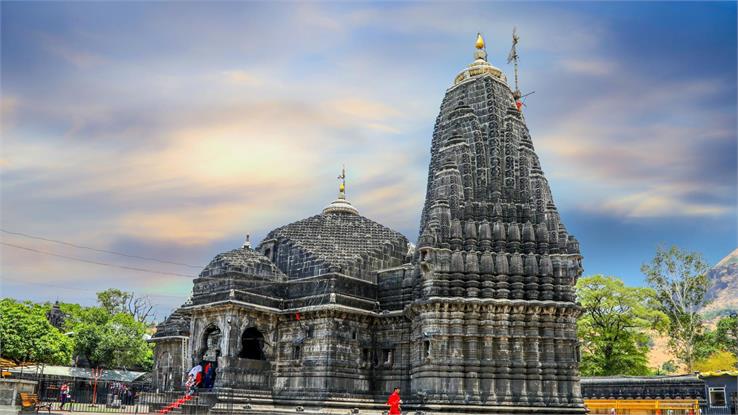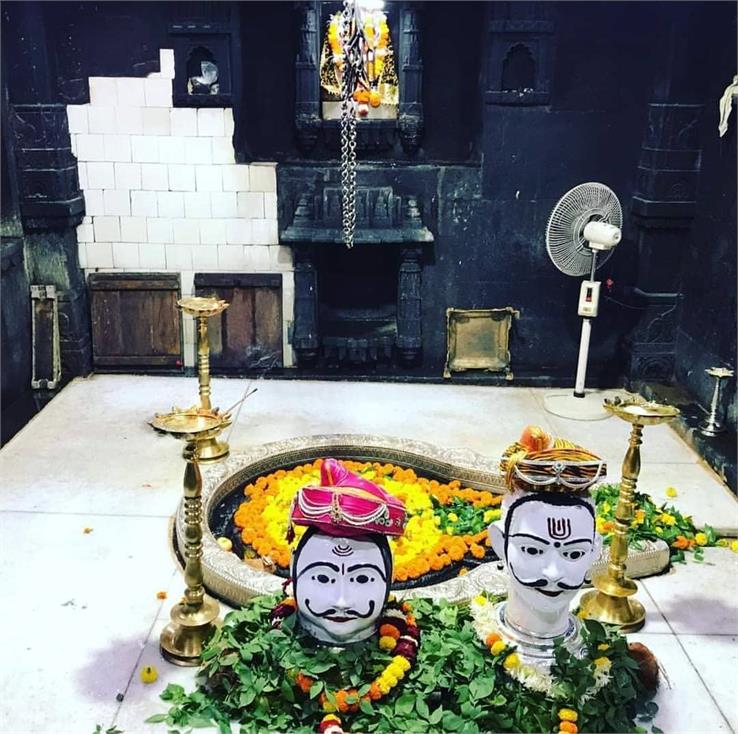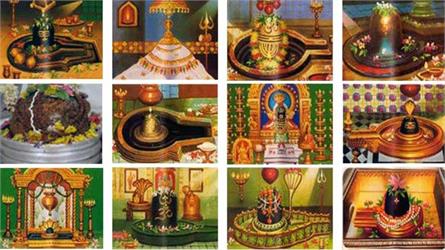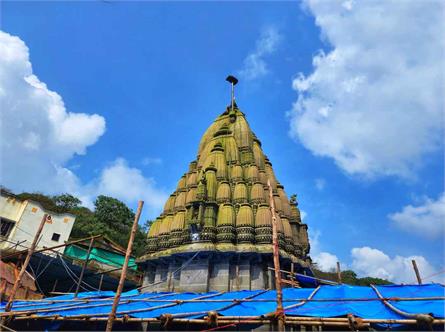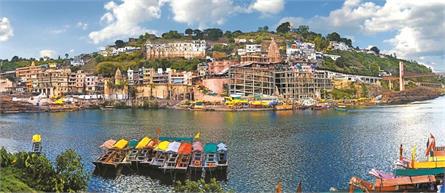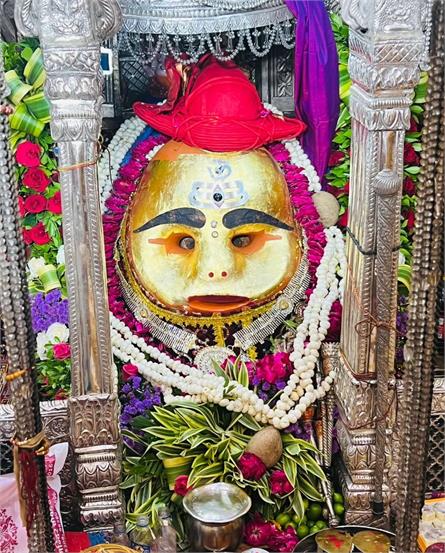Visit Trimbakeshwar Temple The Divine Abode of Trideva
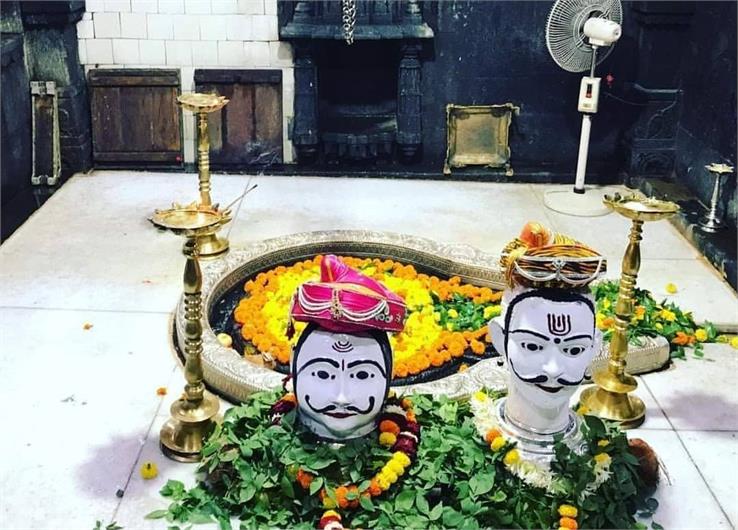
If you are a devotee of Lord Shiva, you might have heard of the 12 Jyotirlingas, the sacred shrines where Shiva is worshipped as a pillar of light. Among these 12 Jyotirlingas, one of the most revered and visited is the Trimbakeshwar Temple in Trimbak, about 28 km from Nashik, Maharashtra. The temple is not only a spiritual destination but also a historical and cultural one, as it has witnessed several events and legends related to Hindu mythology and history.
In this article, we will share some interesting facts and stories about the Trimbakeshwar Temple, its architecture, rituals, festivals and how to reach there.
Also Read: Discover The Complete Story of The Formation of Mahakaleshwar Temple
Legend of Trimbakeshwar Temple
The legend behind the Trimbakeshwar Temple is related to sage Gautama and his wife, Ahalya. They lived on the Brahmagiri hills and were blessed by the gods with abundant food grains even during a famine. The other sages were jealous of them and sent a cow into their fields. When Gautama tried to drive away the cow, it died accidentally.
The sages accused Gautama of killing a cow and cursed him to suffer from leprosy. To atone for his sin, Gautama worshipped Lord Shiva and requested him to release the Ganga River from his matted locks to purify his ashram. Pleased with his devotion, Shiva released Ganga and told her to stay there as Godavari. The sacred pond where Godavari originates is called Kushavarta, located on the temple premises.

Gautama also requested Shiva to make the site his abode, which Shiva agreed to do in the form of a three-faced linga representing Shiva, Vishnu and Brahma. This is the unique feature of the Trimbakeshwar Temple, as it is the only jyotirlinga that embodies the trinity of gods. The linga is covered by a jewelled crown that belongs to the Pandavas, the heroes of the Mahabharata epic. The crown is adorned with precious stones and images of Shiva, Vishnu and Brahma. The crown is displayed every Monday from 4 pm to 5 pm.
Another legend associated with the temple is that of Lord Rama, who performed penance here after killing Ravana, the demon king of Lanka. Rama worshipped Shiva with 108 lingas made of sand on the banks of Godavari. He also installed an idol of Hanuman, his devotee, near the temple.
Also Read: The story of Baidyanath Temple
Architecture and Structure
The Trimbakeshwar Temple is built of black stone in the Nagara style of architecture and is enclosed in a spacious courtyard. The temple has a graceful tower with a giant Amalaka (disk-like stone) and a golden Kalasha (pot-like structure). The temple has four doors on all sides, three covered with porches. The porches are ornamented with pillars and arches.
The main sanctum houses the small linga of Trimbaka, which has three faces representing Shiva, Vishnu and Brahma. The linga is placed in a depression on the floor so that it can be constantly bathed with water from a perennial spring above it.
The temple complex also has several other shrines dedicated to gods and goddesses such as Ganesh, Durga, Hanuman, and Nandi. There are also several monasteries and samadhis (memorials) of saints who lived and meditated here.
Also Read: The Temple Where Scientists Fail To Know The Secrets
History of Trimbakeshwar Temple
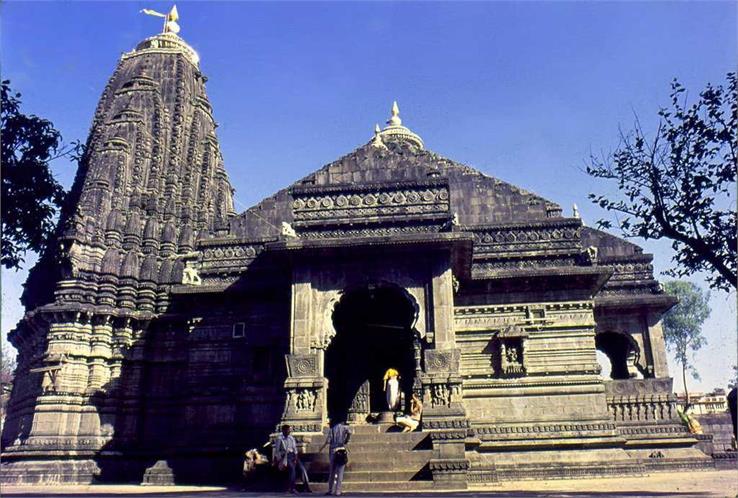
The Trimbakeshwar Temple has a long and storied past, dating back several centuries. While the exact origins of the temple are unclear, it is believed to have existed for over a thousand years.
Historical records suggest that the temple underwent significant renovations and expansions during the reign of various dynasties and rulers. One prominent mention of the Trimbakeshwar Temple can be found in the accounts of the Yadava dynasty, who ruled the region in the 13th century. The Yadavas were known to be patrons of art and architecture, and they made substantial contributions to the development of the temple.
During the Yadava rule, the temple saw the addition of various structures, including the sanctum sanctorum (garbhagriha) and the main entrance (mahadwara). The temple complex was further enhanced with the construction of ornate pillars, intricate carvings, and beautiful sculptures.
In the subsequent centuries, the region came under the control of the Bahmani Sultanate, followed by the Mughal Empire. The Trimbakeshwar Temple, like many other Hindu temples, faced periods of neglect and destruction during these turbulent times. However, the temple managed to survive due to the devotion of local communities and periodic restoration efforts.

The most significant phase in the history of the Trimbakeshwar Temple came during the reign of the Peshwa dynasty of the Maratha Empire in the 18th century. The Peshwas, devout worshippers of Lord Shiva, undertook extensive renovations and reconstruction of the temple complex.
Under the patronage of the Peshwas, the Trimbakeshwar Temple was rebuilt with grandeur and splendour. The current structure of the temple, including the distinct Hemadpanti-style architecture, is largely attributed to the Peshwa era.
In addition to the architectural enhancements, the Peshwas also significantly contributed to the temple's infrastructure. They constructed several tanks and reservoirs to facilitate ritualistic bathing and other religious activities.
Since then, the Trimbakeshwar Temple has been maintained and preserved by various local authorities and religious bodies. It remains an important centre of worship and pilgrimage, attracting devotees from all over the country.
While the exact historical details and early origins of the Trimbakeshwar Temple may still need to be fully documented, its past is intertwined with Maharashtra's rich cultural and religious heritage. The temple stands as a testament to the devotion of countless generations and remains a cherished site of reverence for devotees of Lord Shiva.
Also Read: Learn More Interesting And Factful Things About Mallikarjuna Jyotirlinga
Trimbakeshwar Temple Timing
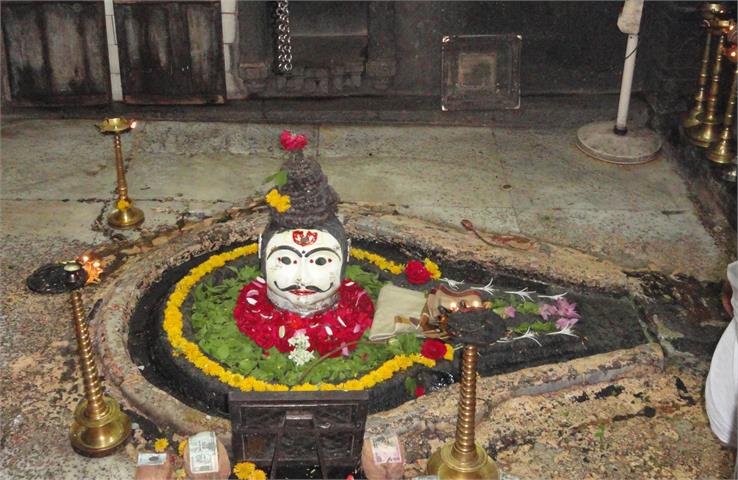
The temple is open daily for darshan (worship) from 5:30 am to 9 pm.
1. Morning Aarti: The morning aarti (ritual) is performed at 7 am, and the evening aarti at 7 pm.
2. Abhisheka/ Bathing: The linga's Abhisheka (ritual bathing) is done from 6 am to 8 am and from 1 pm to 4 pm. The devotees can also perform the Abhishek themselves by booking in advance. Trimbakeshwar temple charges a nominal fee for the abhishek and other rituals.
What To Do Around Trimbakeshwar Temple?
Apart from visiting the temple, there are many other things to do around Trimbakeshwar Temple. Here are some of them:
1. Visit Brahmagiri Hill, which is believed to be the place where Lord Brahma created the universe. There are several temples and caves on this hill that are worth exploring.
2. Visit Anjaneri Hill, which is believed to be the birthplace of Lord Hanuman. There are several temples and waterfalls on this hill that offer scenic views.
3. Visit Sula Vineyards, one of India's most popular wine producers. You can tour the vineyards, taste different wines and enjoy a meal at their restaurant.
4. Visit Pandavleni Caves, a group of 24 ancient Buddhist rock-cut caves dating back to the 3rd century BC. You can see various sculptures and paintings depicting the life of Buddha and his teachings.
5. Visit Coin Museum, a unique museum showcasing the history and evolution of Indian currency. You can see various coins, notes, stamps and medals from different periods and regions.
Also Read: Best Affordble Hotels Near Trimbakeshwar Temple
What makes Trimbakeshwar Temple unique?
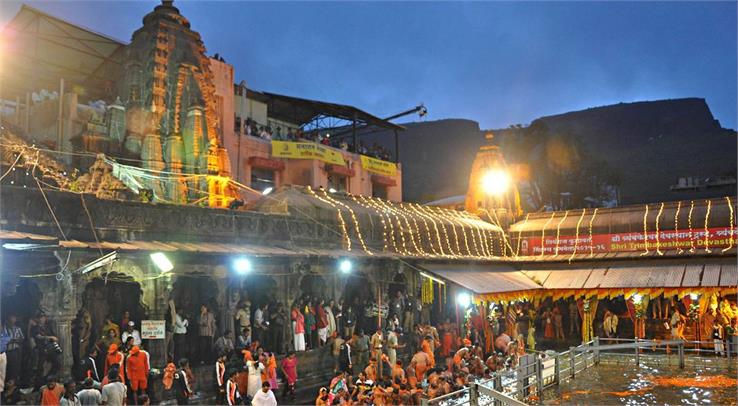
Trimbakeshwar Temple is unique in many ways. Here are some of them:
1. It is the only Jyotirlinga with three faces representing Shiva, Vishnu and Brahma, the Hindu trinity of gods. The linga is placed in a depression on the floor so that it can be constantly bathed with water from a perennial spring above it.
2. It is the source of the holy Godavari River, which originates from a sacred pond called Kushavarta in the temple premises. The Godavari is also known as Ganga in this region, as it is believed to be the manifestation of Goddess Ganga, who Shiva released from his matted locks.
3. It is where sage Gautama and his wife Ahalya lived and worshipped Shiva. According to the legend, Shiva blessed them with abundant food grains even during a famine. They also requested Shiva to make the site his abode, which he agreed to do in the form of the Jyotirlinga.
4. It is where Lord Rama performed penance after killing Ravana, the demon king of Lanka. Rama worshipped Shiva with 108 Lingas made of sand on the banks of Godavari. He also installed an idol of Hanuman, his devotee, near the temple.
5. It is the place where Peshwa Balaji Baji Rao built the current temple structure in the 18th century after Mughal ruler Aurangzeb destroyed the original temple. The temple is built of black stone in the Nagara style of architecture and has a graceful tower with a giant Amalaka (disk-like stone) and a golden Kalasha (pot-like structure) on top.
6. It is where one of the largest religious gatherings in the world, the Kumbh Mela, takes place every 12 years. Millions of pilgrims come to take a dip in the Godavari River and seek blessings from Shiva.
Best Time To Visit
The best time to visit Trimbakeshwar Temple is from October to March. The weather during this time is comfortable for exploring the temple and its surroundings. The temple also celebrates festivals and ceremonies during this time, such as Maha Shivaratri, Shravan Maas and Kumbh Mela. However, this is also the peak season for tourists and devotees, so expect a lot of crowds and higher prices. To avoid the rush, you can visit in the monsoon season, from June to September, when the temple and the Godavari River are surrounded by lush greenery and waterfalls. However, be prepared for heavy rains and slippery roads.
How To Reach
Trimbakeshwar Temple is located in Trimbak in the Nashik district of Maharashtra, India. It is approximately 30 kilometres away from Nashik city. Here are the detailed directions to reach Trimbakeshwar Temple:
1. By Air
The nearest airport is the Gandhinagar Airport in Nashik, which is well-connected to major cities in India. You can hire a taxi from the airport or take a bus to Trimbak, which is about an hour's journey.
2. By Train
The nearest railway station to Trimbakeshwar Temple is the Nashik Road Railway Station, which is well-connected to major cities in India. You can hire a taxi from the railway station or take a bus to Trimbak, which is about an hour's journey.
3. By Road
From Mumbai: Trimbakeshwar is approximately 180 kilometres away from Mumbai. You can take the NH160 route from Mumbai towards Nashik. Once you reach Nashik, follow the signboards to Trimbak.
From Pune: Trimbakeshwar is approximately 210 kilometres away from Pune. You can take the NH60 route from Pune towards Nashik. Once you reach Nashik, follow the signboards to Trimbak.
4. Local Transport
Once you reach Trimbak, you can easily find local transportation options to get the Trimbakeshwar Temple. Auto-rickshaws, taxis, and shared jeeps are available for commuting within the town. The temple is located in the heart of Trimbak, and you can reach it by walking from the central area or hiring a local mode of transport.
It is advisable to check the road conditions and traffic updates before embarking on your journey. It is also recommended to carry sufficient water, snacks, and necessary supplies for the trip, especially if you plan to travel during peak pilgrimage seasons or festivals.


